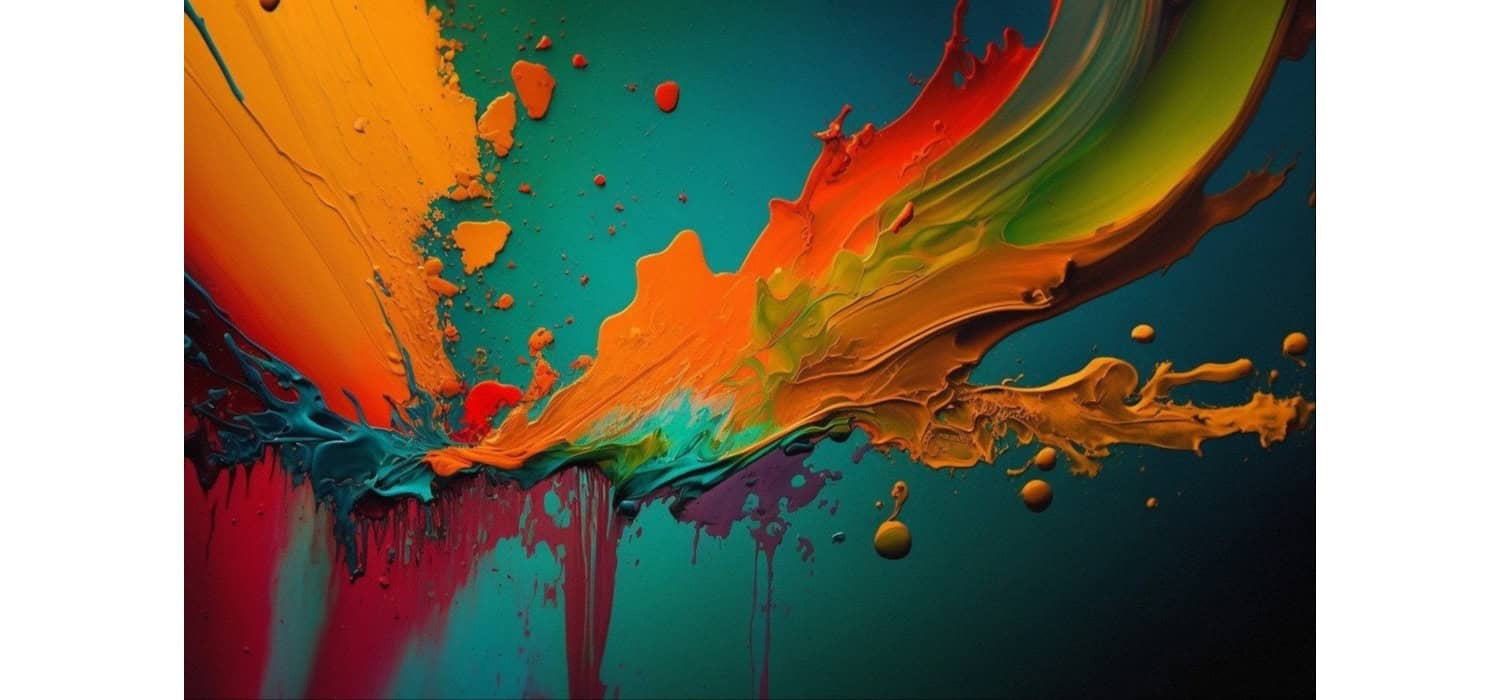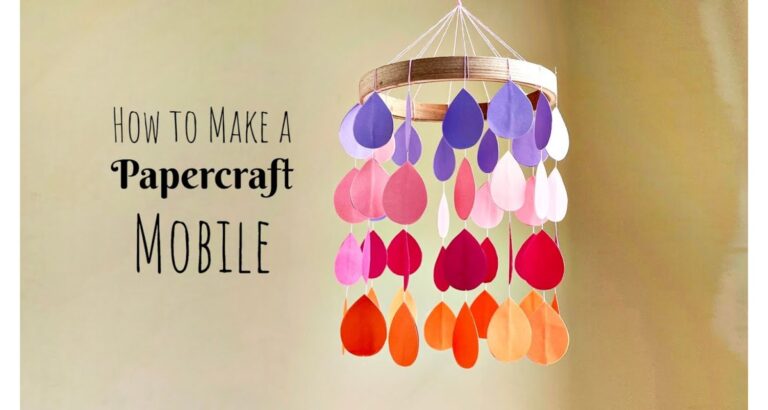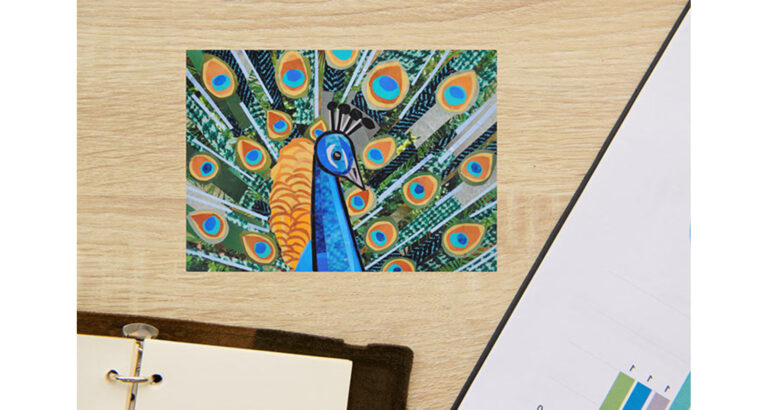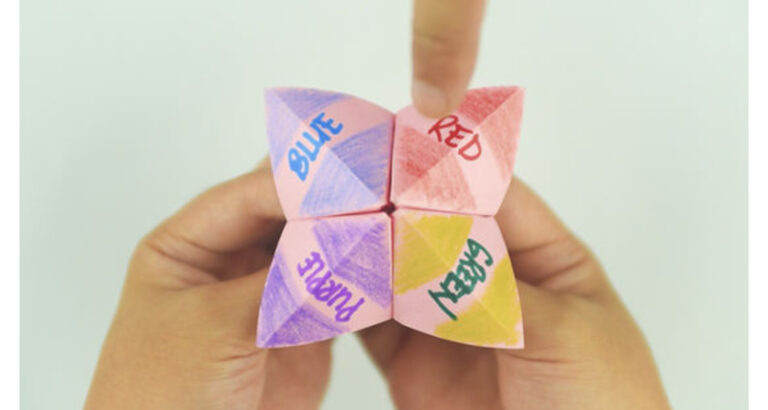Discover the Secrets to Crafting Perfect Art Gallery Labels!
Navigating the art world can be tricky, but the right label on a piece can illuminate both artwork and artist. Our guide cuts through the confusion, delivering everything you need to create informative, compelling labels that enhance viewer experience.
How to Make Art Gallery Labels: Sum up the artwork concisely, include the artist’s name, title of the work, the medium used, dimensions, and the year created. Always prioritize clarity and brevity.
Don’t miss out—our detailed tips and tricks will ensure your gallery labels are both informative and captivating. Perfect your skills with us!
Understanding the Basics
- Artist name, title, date, medium, dimensions, and provenance are key elements in understanding any artwork. They provide the basic context necessary for viewers and scholars alike.
- Artist name tells us who created the piece. This is crucial as it connects the work to the artist’s broader body of work and artistic style.
- Title of the artwork often hints at the theme or message the artist intends to convey. It can be a direct description or more abstract, leaving interpretation up to the viewer.
- Date indicates when the artwork was created. This helps place the piece in a historical context, relating it to specific art movements or periods.
- Medium used in the artwork reveals the materials and techniques employed by the artist. This can range from traditional paints to more unconventional materials and methods.
- Dimensions of the artwork inform us about its size, which can impact how it is displayed and perceived.
- Provenance traces the artwork’s ownership history from the artist’s studio to its current location, often a museum or gallery. This history can add value and authenticity to the piece.
Understanding these elements helps us appreciate the artwork’s unique qualities and the story behind it. Each piece of information can significantly influence our interpretation and appreciation of the art.
Crafting the Content
- Using clear, concise language is essential when crafting labels for artwork. Avoiding jargon ensures that visitors from all backgrounds can understand and engage with the information provided.
- Incorporating the artist’s background adds a personal touch, making the artwork more relatable. Discussing the artwork’s context—such as the historical, cultural, or personal circumstances surrounding its creation—deepens the viewer’s appreciation and understanding. These narratives can transform labels from mere factual statements into captivating stories.
- QR codes are a modern tool to enhance educational content without cluttering the label. By including a QR code, you offer visitors access to additional content like interviews, detailed analyses, and interactive experiences. This allows for a deeper exploration of the artwork at the viewer’s own pace.
Remember, the key is to blend factual information with intriguing narratives and accessible technology to enrich the visitor’s experience.
Technical Considerations
- Choosing the right materials for artwork labels is crucial for both durability and visibility. Adhesive paper, cardstock, and vinyl are popular choices. Adhesive paper is versatile and easy to print on, making it suitable for temporary exhibits. Cardstock provides a sturdier option with a professional finish, ideal for longer-lasting displays. Vinyl, being water-resistant and tough, works well in environments where moisture or handling might be issues.
- When it comes to printing, selecting the appropriate paper type and adjusting your printer settings are key to producing high-quality labels. A matte finish is often preferred for adhesive paper and cardstock because it reduces glare and makes it easier to read under various lighting conditions. Make sure to set your printer to the highest resolution to avoid blurriness and achieve sharp text.
- Best practices recommend using a laser printer for its precision and durability. Laser printers handle fine details better than inkjet printers, which is crucial when printing smaller fonts on labels. Additionally, always test print a label to check for color accuracy and text clarity before finalizing the batch.
These technical details help ensure that your labels are not only informative and engaging but also physically fit for the museum or gallery setting, enhancing the overall visitor experience.
Visual and Aesthetic Considerations
- The font size and style are pivotal in ensuring that labels are readable and accessible. A minimum font size of 12 points is recommended for clear legibility, but larger sizes may be necessary for headers or important information. Choosing a sans-serif font, such as Arial or Helvetica, is often advised due to its clean and simple appearance, which enhances readability from a distance.
- The choice of font should not only be readable but also reflect the gallery’s aesthetic. For instance, a modern art gallery might opt for a more contemporary font style, while a classical art museum might choose something with a more traditional feel.
- Regarding layout, labels should be concise and not overcrowded with text. Each label should include plenty of white space to help visitors focus on the information without feeling overwhelmed. Aligning text to the left (ragged right) is generally easier to read than fully justified text, which can create irregular spacing between words.
- It’s also important to consider the background color of labels. A light background with dark text generally offers the best contrast for ease of reading. Additionally, ensure that the labels’ design is consistent throughout the gallery to maintain a cohesive look.
By adhering to these visual and aesthetic principles, galleries can create labels that not only provide valuable information but also contribute to the overall beauty and coherence of the exhibition space.
Placement and Setup
- The positioning of art gallery labels is crucial for enhancing visitor engagement and ensuring that information is accessible to all. The optimal placement for labels is usually at about eye level, which typically means positioning them approximately 60 inches from the floor. This height caters to the average adult but consider varying the height slightly within different sections of the gallery to accommodate both children and wheelchair users.
- The angle of label placement also matters, especially in galleries with diverse lighting conditions. Angle labels to reduce glare and shadows from lighting, making them easier to read. For sculptures or three-dimensional artworks, you might need to place labels on multiple sides to ensure visibility from various viewpoints.
- Different types of art displays require thoughtful label placements. For wall-mounted artworks, place labels consistently to the side of the artwork throughout the gallery to maintain a clean and orderly appearance. For free-standing pieces, label small stands that visitors can view as they walk around the piece. This setup helps avoid obstructing the art while still providing accessible information.
- In interactive or digital art installations, incorporate labels that are part of the interactive experience. For example, visitors can use digital screens or tablets to get more information about the artwork. This method conserves space and integrates modern technology into the art viewing experience.
By carefully considering the placement and setup of labels, galleries can significantly enhance the accessibility and enjoyment of their exhibits, making art more engaging and informative for all visitors.
Interactive Elements
- Incorporating digital elements like QR codes into art gallery labels brings a modern, interactive dimension to the visitor experience. These codes can be scanned using a smartphone, directing visitors to an online resource that offers deeper insights into the artwork, the artist, or the historical context. This integration bridges the gap between physical and digital viewing, enhancing educational opportunities and visitor engagement.
- QR codes are especially beneficial because they can link directly to an online gallery or detailed artist bios. This connection allows visitors to explore more works by the same artist, view exhibitions that are not physically present, or dive deeper into the artist’s creative process and influences. Such extended engagement keeps the audience interested and can even encourage further visits to the gallery.
- The benefits of integrating digital elements extend beyond individual visitor engagement. They also help galleries collect data on visitor preferences and interactions, which can be invaluable for curating future exhibitions and improving the overall visitor experience. Moreover, digital content can be updated regularly, providing the latest information without the need to physically replace labels.
- Implementing digital elements requires careful consideration of accessibility and user-friendliness. Ensure that QR codes are placed where they are easily scannable and that the linked content is optimized for mobile viewing. Providing a brief instruction on how to use QR codes can also help visitors who might be less familiar with the technology.
Maintenance and Upkeep
- Ensuring that labels remain accurate and physically intact throughout the duration of an exhibition is crucial for maintaining the quality of the visitor experience. Regular maintenance and timely updates are key components of effective label management.
- Physical integrity of labels is essential. As they need to withstand the general wear and tear that comes with high visitor traffic. To preserve labels, consider using high-quality materials such as laminated cardstock or weather-resistant vinyl, which are durable and less prone to damage. Additionally, placing labels in protective frames or using UV-resistant coatings can prevent fading caused by exposure to light.
- Regular inspections are important to ensure labels are not only physically intact but also correctly positioned and securely attached. Checks should be frequent enough to promptly address issues like peeling, fading, or misalignment. Employing a routine where staff or volunteers inspect labels at the start or end of each day ensures that any necessary repairs.
- Updating digital components like QR codes is also vital as these links must remain relevant to the displayed artworks. Ensuring that the linked content is regularly reviewed and updated helps maintain an engaging and informative digital extension of the physical labels.
- For more complex or frequently changing exhibitions, consider implementing a label management system that tracks the status and history of each label. This system could include details such as installation dates, condition reports, and update logs, making it easier to manage maintenance and replacements efficiently.
By establishing robust processes for the maintenance and upkeep of labels, galleries can ensure that they continue to serve as effective educational tools throughout the life of an exhibition, thereby enhancing the overall visitor experience.
FAQ Section
Q1: What type of label material is best for long-term exhibitions?
A: Laminated cardstock and vinyl are ideal for long-term exhibitions due to their durability and resistance to environmental factors.
Q2: How can QR codes enhance the visitor experience in galleries?
A: QR codes link to additional digital content like artist bios and multimedia, enriching the visitor's engagement and understanding.
Q3: What is the standard height for placing art gallery labels?
A: Labels should generally be placed at eye level, around 60 inches from the floor, to accommodate the average viewer.
Q4: How often should gallery labels be updated?
A: Labels should be updated as exhibits change or new information becomes available, ensuring accuracy and relevance.
Q5: What are the best practices for maintaining art gallery labels?
A: Use durable materials, conduct regular inspections, and promptly address any damage or inaccuracies to maintain label integrity.
Conclusion
Incorporating effective labels in art galleries enhances the viewer’s experience by providing essential information and interactive elements. From choosing durable materials and the right placement to integrating modern technologies like QR codes, each aspect plays a crucial role in making art more accessible and engaging. We invite you to share your experiences with art gallery labels and any tips you might have!

I am Sammy and I blog at Live it. Love it. Make it. It is creative lifestyle blog run by best friends H and Sammy. Head over and follow our crafty adventures!






